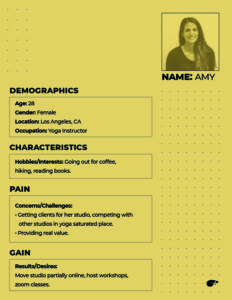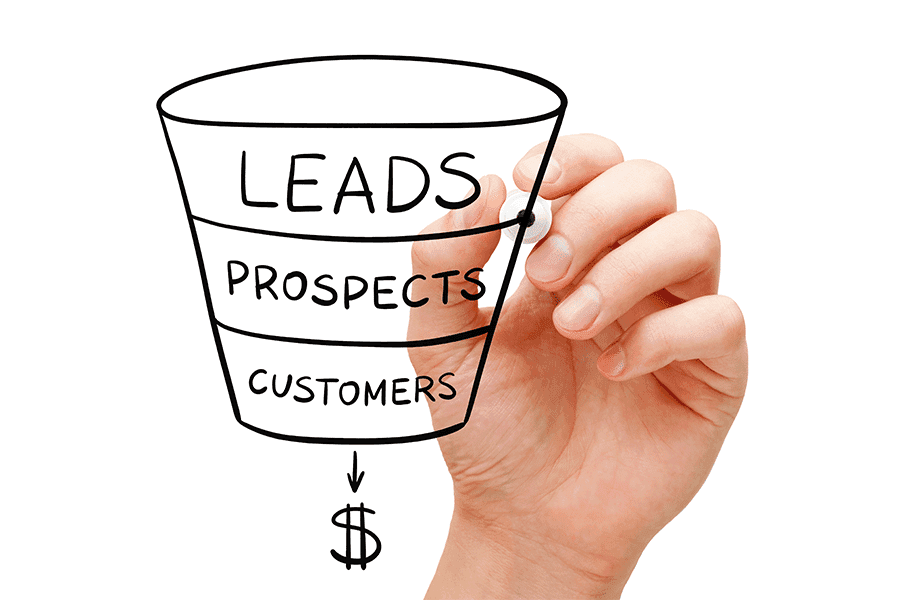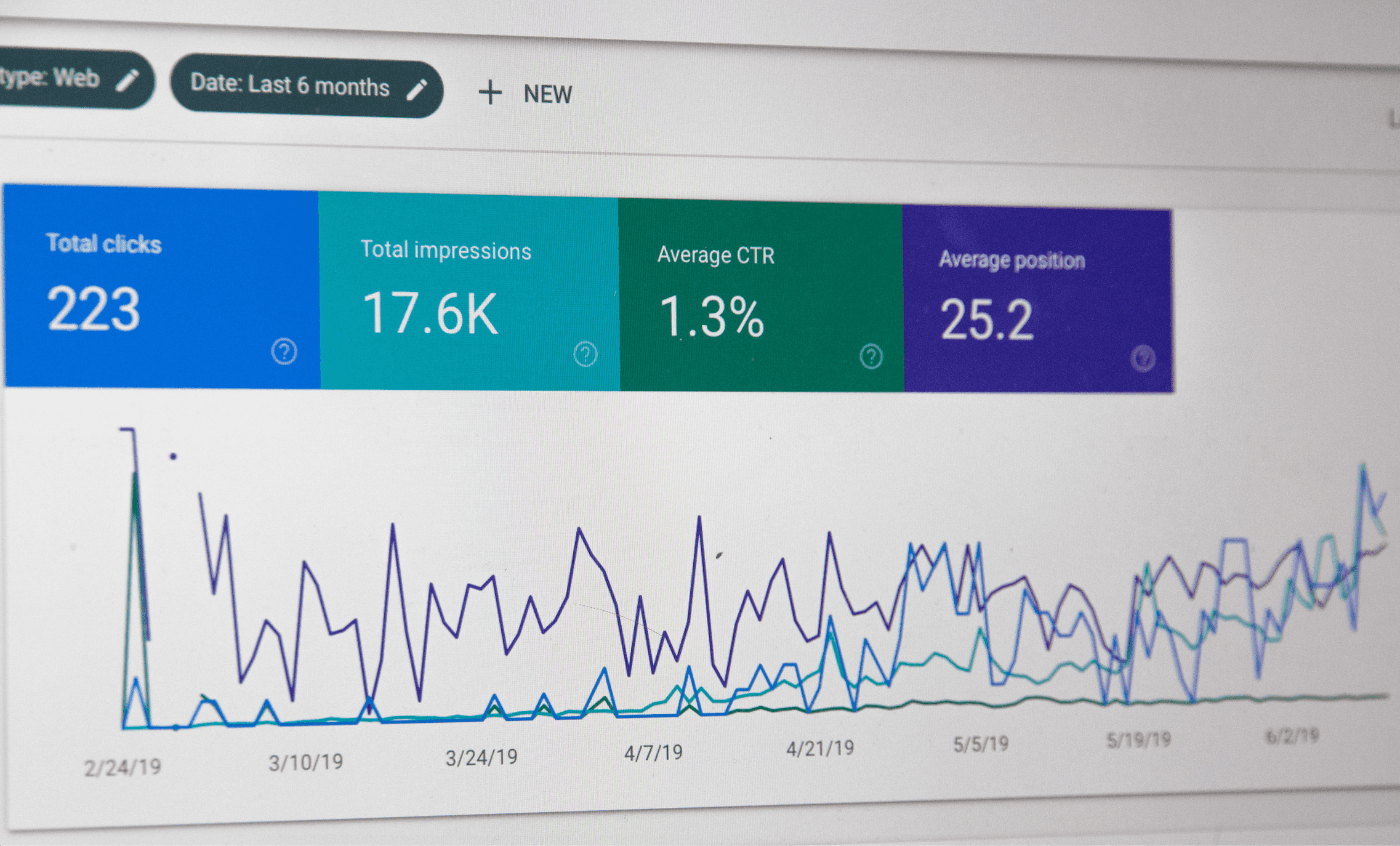What is Personalization in E-Commerce Marketing?
Personalization is what makes the buying process so easy and convenient. Have you ever had a goal or needed to check something off your shopping list, but didn’t know where or how to start? You want a new coffee maker for your home, but you’re not sure which model to buy. You’re surfing the internet trying the perfect one that fits your needs. You search on Google for that item casually and then get distracted by your pet or child screaming. Then all of a sudden, you’re scrolling through articles on the sofa and you see an ad that caters to exactly what you need. What are the chances?

Now you are seeing ads of drip coffee makers, a french press, and maybe even a Keurig. How did this happen? The companies who are showing you information have used data and personalization to send you the answer to your needs. Heck, some even toss in a coupon code so you’re more likely to click through and visit the page to make your purchase.
If you have clicked on an ad because it was appealing to your needs or interests like this and you ended up making a purchase, you’ve been exposed to personalization in the e-commerce realm.
Allowing companies to access your data (like accepting cookies) allows them to track your browsing behavior and create ads tailored to your needs. From a consumer standpoint, it can sound creepy. However, on the flip-side, if you experienced no data tracking as a consumer, you might just be appreciative. A middle-aged man would probably rather see ads for tools and lawnmowers, whereas a young adult woman might rather see ads for makeup and skincare. How strange would it be if we never saw content you wanted now that we are so used to it?
How to Create Customer Avatars to Utilize in Personalization
As a business owner or marketer, knowing details about your ideal customer is essential to the process of creating personalized experiences for them. You can start to understand what different customers’ needs are by creating customer avatars.
After you get their information and demographics, you can pinpoint their challenges and target ads to help resolve them. Creating ads and content that pinpoint your customers’ specific needs can lead to higher sales, conversion rates, and less abandoned carts. The demographics you want to identify are age, income, gender, interests, and also figure out what their needs and pain points are.
What do they want? Maybe they want a new pair of shoes. What do they need? Perhaps they need a new car. What were they hoping to accomplish? How did they hear about you? Knowing the answers to these questions will help you narrow down to who you want your ideal customer to be. At this point, you’ll be able to make it even more personal by giving your avatar a name and even a face. Here is an example of how you can put together your customer avatars:

Collecting Even More Information for Personalization
In addition to creating customer avatars, you can also leverage data to provide your consumers with a personalized experience.
Here are a few tools you should have set up to leverage customer data and create a personalized experience:
1. Google Tag Manager and Analytics
2. Facebook Pixel/Advertising Pixels on Whatever Platform You’re Using
3. Polls/On-Website Surveys
4. A Great Email Marketing Platform or CRM like Klaviyo with Segmentation Capabilities
How You Can Personalize Your Customers’ E-Commerce Experience Across Platforms
Now that you have your customer avatars created and have collected data, how do can you make the experience across platforms unique for your consumers?
1. Email Marketing
By leveraging the data you have about your customers, you can create email campaigns that target specific subscribers. This is a sure way to increase your click-through rates and positively impact your ROI and revenue. Emails can be personalized based on what the consumer orders, when they order, behavior they partake in on a website, and so much more.
Consumers also love visuals, so if your emails look the same every time, it will be difficult to keep the retention high. Subscribers want to feel as if the brand is talking directly to them as an individual and feel that their needs are being catered to. Creating personalized emails with your customer avatars in mind will make your subscribers feel special. You can send specifically designed emails with different images, entire blocks of text, different calls to action, and more to specific segments of your email list. When extra value is added, there is a greater chance that the consumer will open your email and direct it out of all the spammy emails and into their inbox from friends, family, colleagues, and other brands.
A company that absolutely kills it with personalized emails is Sephora. Sephora VIP’s who consistently purchase from the store are sent personalized emails with discount codes for products they might love based on their shopping history. All the while, new customers that aren’t part of the loyalty program are sent emails inviting them to the program and giving them incentives to join.
2. Website Personalization
In the early days of the internet, websites used to have a cookie-cutter “one size fits all” presences, and they really were not visually pleasing to look at. Today, with the help of UX/UI and a little bit of magic (or technical skill), it’s easy to make personalized websites. You can personalize everything on a website to meet the needs of your customer, from the images you use, to the place where you put specific buttons, and the way that the copy speaks to the website’s visitors.
If you’re looking to go a step beyond appearance and copy, you can use customer data to create algorithmic personalization. For example, every time you go onto Amazon, the first thing you see are products that are relevant to your interests based on your previous purchases and browsing behavior. This tactic keeps consumers coming back and scrolling for more products that they may also be interested in.
Implementing personalization into a website also improves customer loyalty because it communicates that the brand cares about them and their needs. Making your website warm, welcoming, and individualized will do just that. When the consumer feels special and cared for, they are more likely to become long-term customers.
It is no secret that consumers get irritated when a company’s content isn’t relevant to their interests, but this is especially true when it comes to advertising. Now that we are in the internet era, most of us are used to only seeing ads that are super targeted to us.
Unsurprisingly, understanding customer demographics translates to desired results when you’re running an ad campaign of your own. You can leverage your customer avatars and any existing data to create ad content for your specific customers. Further, ad platforms like Google, Facebook, and Twitter can help you target their users based on the demographics and interests you know your current customers match. On these platforms, you can target people based on age, political affiliation, location, shopping habits, and more. Marrying the power of the ad platforms with the customer information you have can turn into great results.

4. Influencer Marketing
Influencer marketing is really just getting your product into the hands of “real people.” Real people are approachable, relatable, and authentic. They deliver a unique experience to potential customers, and more and more, consumers are looking to evaluate a real person’s experience before purchasing from a new brand.
For this reason, influencer marketing can be a strong tool for customer acquisition and growth on social media. Both micro-influencers and macro-influencers can be used to appeal to specific audiences, depending on your product and goals. Influencers in specific niches, locations, with specific demographic group followers, etc. can create a unique method for you to engage closely with your intended customer avatars.
5. Create a Customer-Focused Content Strategy
When you are creating a social media content strategy, always consider which platforms you target demographic engages with most. For example, if you are trying to reach adults aged 45-65, Facebook is a great platform to do so. If you are looking to get across to Gen-Z, you might try TikTok instead. Choose platforms based on your customer avatar, and then create video, image, and/or audio content that will resonate with the needs and desires of your avatars as you’ve defined them. For example, if you are selling a healthy granola and your audience is a 45+ mother who needs an easy and nutritional option for breakfast, create a video on how to make a tasty and nutrient-packed breakfast on Facebook!
6. Translation for International Companies
Have you ever visited a foreign company’s website and weren’t able to read product descriptions? Usually, on a proactive website at the bottom of the page, there are options for translation. However, this isn’t always the case, especially if you are not in the United States.
If you have a global audience or customers from specific countries, you should consider creating translation options for them. Since English is the most widely used online language, it usually always makes sense to have it as an option.
Conclusion
Today, sending general marketing messages that aren’t tailored to a specific audience are not the way to go any more. Now, people expect all touch points with a brand to be tailored to their needs and interests. Keep in mind that you can’t engage every single type of person, and that is okay and necessary. Using customer data can teach you what your specific customer needs, and you can start based on that information. A/B testing helps discover what works the best for your brand and how to reach them in the best way. Just remember to keep it specific, and don’t spam your customers. Personalized and quality always wins over quantity!


![]()









